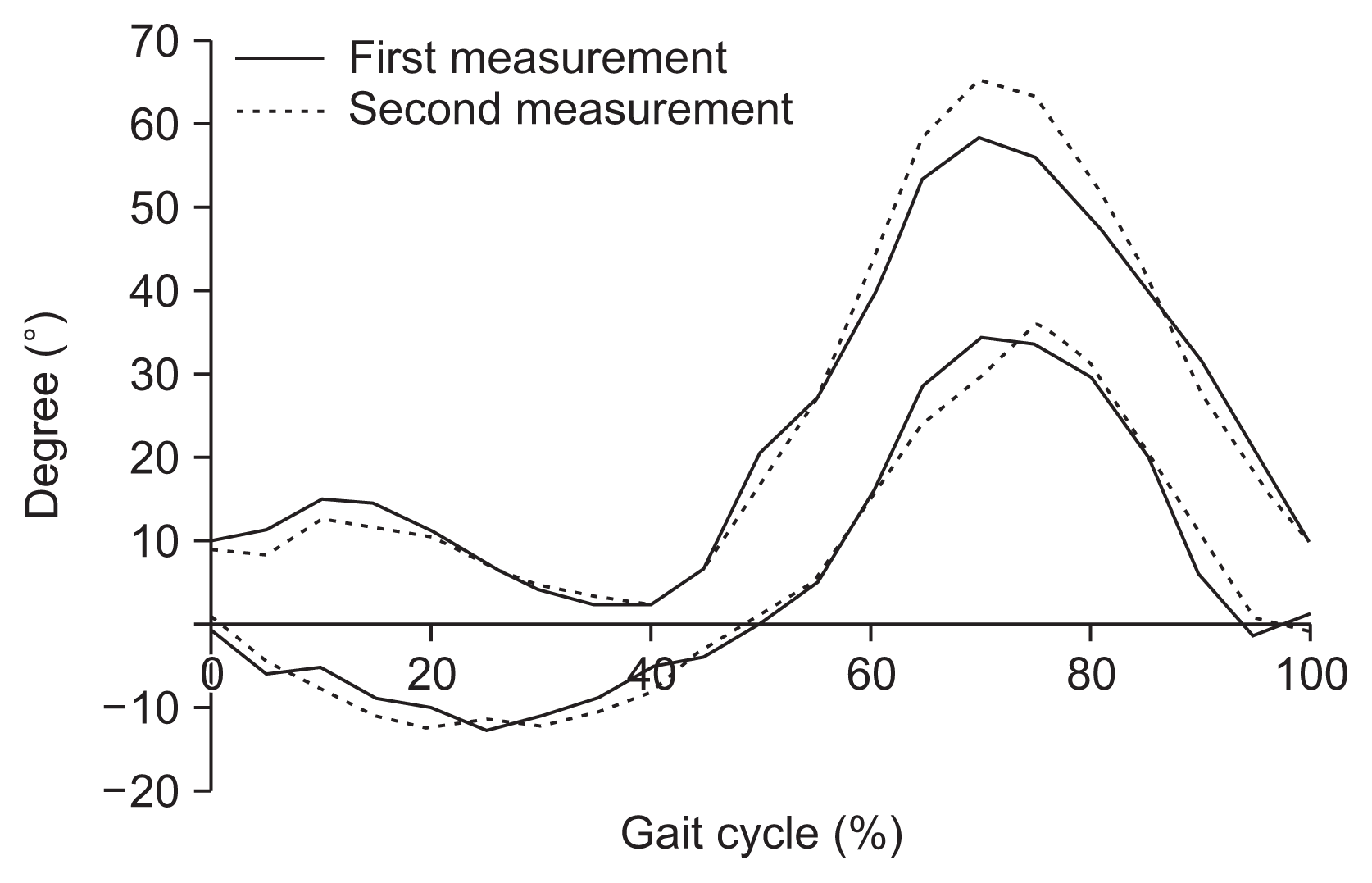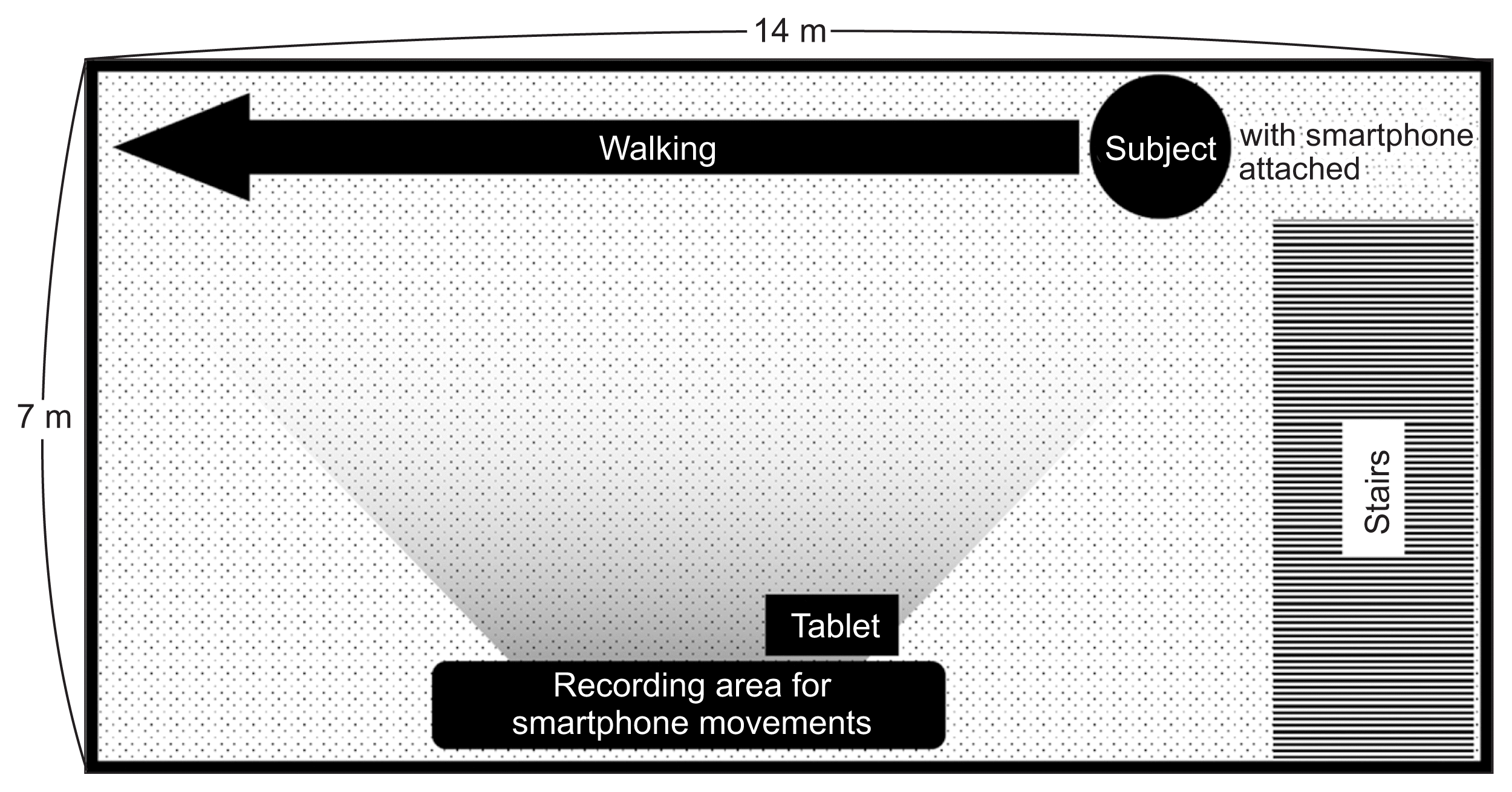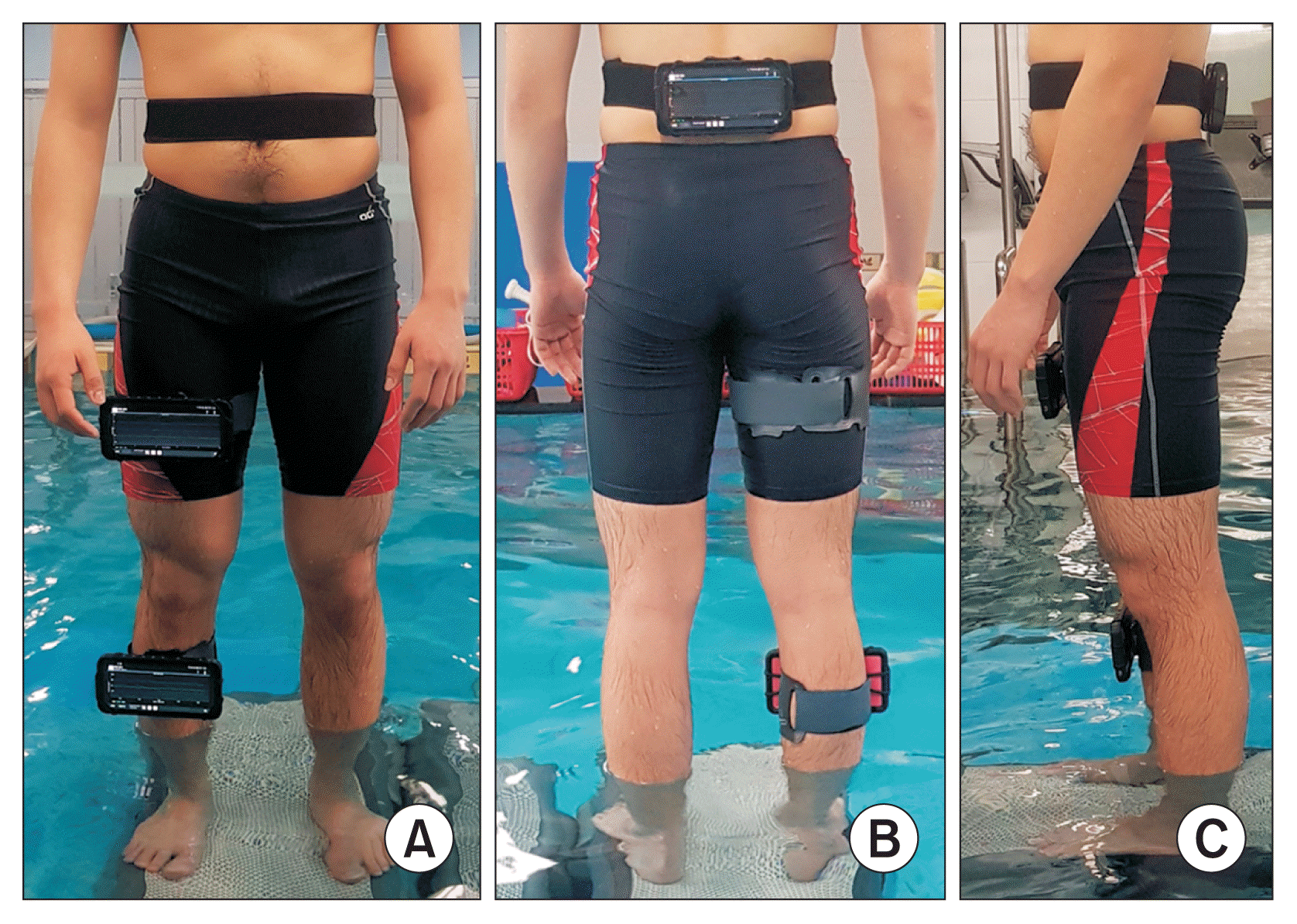1. Mangia AL, Cortesi M, Fantozzi S, Giovanardi A, Borra D, Gatta G. The use of IMMUs in a water environment: instrument validation and application of 3D multi-body kinematic analysis in medicine and sport. Sensors (Basel). 2017; 17(4):927.

2. Fantozzi S, Giovanardi A, Borra D, Gatta G. Gait kinematic analysis in water using wearable inertial magnetic sensors. PLoS One. 2015; 10(9):e0138105.

3. Mercer JA, Applequist BC, Masumoto K. Muscle activity during running with different body-weight-support mechanisms: aquatic environment versus body-weight-support treadmill. J Sport Rehabil. 2014; 23(4):300–6.

4. Jung T, Kim Y, Lim H, Vrongistinos K. The influence of water depth on kinematic and spatiotemporal gait parameters during aquatic treadmill walking. Sports Biomech. 2019; 18(3):297–307.

5. Dolbow DR, Farley RS, Kim JK, Caputo JL. Oxygen consumption, heart rate, rating of perceived exertion, and systolic blood pressure with water treadmill walking. J Aging Phys Act. 2008; 16(1):14–23.

6. Nakazawa K, Yano H, Miyashita M. Ground reaction forces during walking in water. Mutoh Y, Miyashita M, Richardson AB, editors. Medicine and science in aquatic sports. Basel, Switzerland: S. Karger AG;1994. p. 28–34.

7. Murray JM, Hunter DL, Kelsey DD, Murray TD. Determination of the physiological effects of unloaded treadmill exercise. Cardiopulm Phys Ther J. 1993; 4(2):13–6.

8. Skelton DA, Dinan SM. Exercise for falls management: rationale for an exercise programme aimed at reducing postural instability. Physiother Theory Pract. 1999; 15(2):105–20.

9. Alikhajeh Y, Hosseini SR, Moghaddam A. Effects of hydrotherapy in static and dynamic balance among elderly men. Procedia Soc Behav Sci. 2012; 46:2220–4.

10. Silsupadol P, Teja K, Lugade V. Reliability and validity of a smartphone-based assessment of gait parameters across walking speed and smartphone locations: body, bag, belt, hand, and pocket. Gait Posture. 2017; 58:516–22.

11. Masumoto K, Hamada A, Tomonaga HO, Kodama K, Amamoto Y, Nishizaki Y, et al. Physiological and perceptual responses to backward and forward treadmill walking in water. Gait Posture. 2009; 29(2):199–203.

12. Ceseracciu E, Sawacha Z, Fantozzi S, Cortesi M, Gatta G, Corazza S, et al. Markerless analysis of front crawl swimming. J Biomech. 2011; 44(12):2236–42.

13. Cortesi M, Fantozzi S, Gatta G. Effects of distance specialization on the backstroke swimming kinematics. J Sports Sci Med. 2012; 11(3):526–32.
14. McCabe CB, Sanders RH. Kinematic differences between front crawl sprint and distance swimmers at a distance pace. J Sports Sci. 2012; 30(6):601–8.

15. Tamburella F, Scivoletto G, Cosentino E, Molinari M. Walking in water and on land after an incomplete spinal cord injury. Am J Phys Med Rehabil. 2013; 92(10 Suppl 2):e4–15.

16. Silvatti AP, Dias FA, Cerveri P, Barros RM. Comparison of different camera calibration approaches for underwater applications. J Biomech. 2012; 45(6):1112–6.

17. Silvatti AP, Cerveri P, Telles T, Dias FA, Baroni G, Barros RM. Quantitative underwater 3D motion analysis using submerged video cameras: accuracy analysis and trajectory reconstruction. Comput Methods Biomech Biomed Engin. 2013; 16(11):1240–8.

18. Magalhaes FA, Sawacha Z, Di Michele R, Cortesi M, Gatta G, Fantozzi S. Effectiveness of an automatic tracking software in underwater motion analysis. J Sports Sci Med. 2013; 12(4):660–7.
19. Mooney R, Corley G, Godfrey A, Osborough C, Newell J, Quinlan LR, et al. Analysis of swimming performance: perceptions and practices of US-based swimming coaches. J Sports Sci. 2016; 34(11):997–1005.

20. Masumoto K, Mercer JA. Biomechanics of human locomotion in water: an electomyographic analysis. Exerc Sport Sci Rev. 2008; 36(3):160–9.
21. Buechi R, Faes L, Bachmann LM, Thiel MA, Bodmer NS, Schmid MK, et al. Evidence assessing the diagnostic performance of medical smartphone apps: a systematic review and exploratory meta-analysis. BMJ Open. 2017; 7(12):e018280.

22. Longoni L, Brunati R, Sale P, Casale R, Ronconi G, Ferriero G. Smartphone applications validated for joint angle measurement: a systematic review. Int J Rehabil Res. 2019; 42(1):11–9.

23. Polechonski J, Nawrocka A, Wodarski P, Tomik R. Applicability of smartphone for dynamic postural stability evaluation. Biomed Res Int. 2019; 2019:9753898.
24. Lee D, Han S. Study on the reliability of smartphone-based measurements of leg segment and joint angles during gait. J Korean Soc Precis Eng. 2019; 36(3):293–300.

25. Furrer M, Bichsel L, Niederer M, Baur H, Schmid S. Validation of a smartphone-based measurement tool for the quantification of level walking. Gait Posture. 2015; 42(3):289–94.

27. Cicchetti DV. Guidelines, criteria, and rules of thumb for evaluating normed and standardized assessment instruments in psychology. Psychol Assess. 1994; 6(4):284–90.

28. Lugade V, Fortune E, Morrow M, Kaufman K. Validity of using tri-axial accelerometers to measure human movement. Part I: posture and movement detection. Med Eng Phys. 2014; 36(2):169–76.
29. Fortune E, Lugade V, Morrow M, Kaufman K. Validity of using tri-axial accelerometers to measure human movement. Part II: step counts at a wide range of gait velocities. Med Eng Phys. 2014; 36(6):659–69.
30. Barela AM, Stolf SF, Duarte M. Biomechanical characteristics of adults walking in shallow water and on land. J Electromyogr Kinesiol. 2006; 16(3):250–6.







 PDF
PDF Citation
Citation Print
Print





 XML Download
XML Download